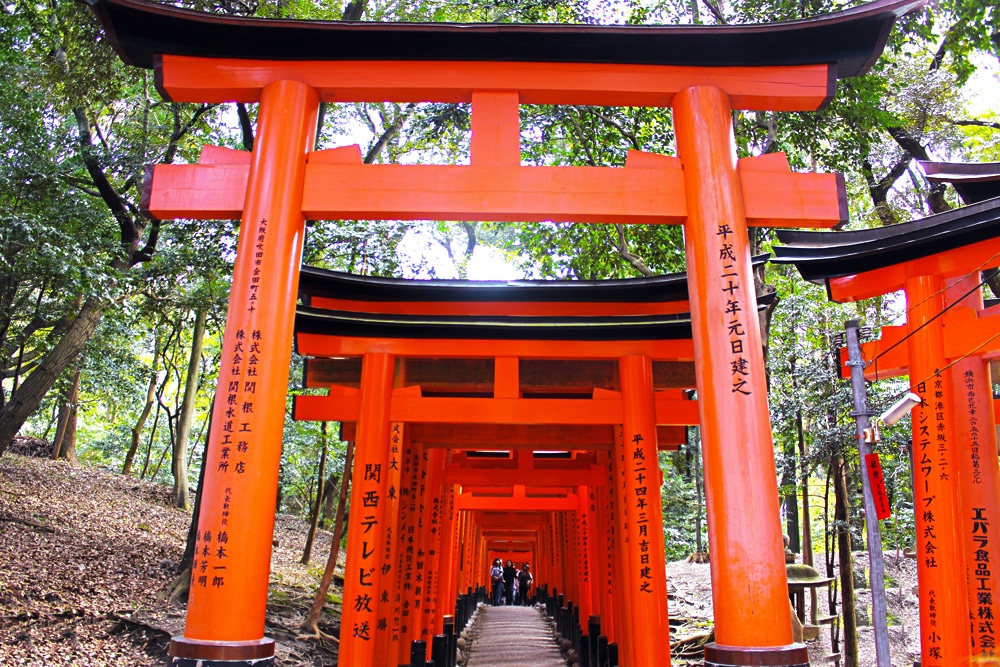
Fushimi Inari Taisha Southern Kyoto G&T
Sun 21 Jan 2024 Walking Tour: Fushimi-Inari-Taisha Shrine features in our Private Walking Tour of Tofuku-ji Temple to Fushimi-Inari-Taisha Shrine English address: 68 Yabunouchi-cho, Fukakusa, Fushimi-ku Japanese address: 伏見区深草藪之内町68 Opening hours: Dawn to dusk Admission: Free Non-smoking area: Yes Nearest Transport:

Fushimi Inari Taisha, Kyoto Inari, Fushimi inari taisha, Kyoto
Directions 68 Yabunouchi-cho, Fukakusa Fushimi-ku, Kyoto Tel +81-75-641-7331 Fax +81-75-642-2153 Website http://inari.jp/en/ Entrance Fee: Free Access: 3-minute walk from JR Inari Station on the JR Nara Line 5-minute walk from Keihan Railway Fushimiinari Station Hours: 7:00-18:30 / 8:30-16:30 (Prayer) Fushimi Inari Shrine Etiquette Leaflet

A beautiful morning at fushimi inari taisha r/japanpics
Fushimi Inari-taisha (伏見稲荷大社) is the head shrine of the kami Inari, located in Fushimi-ku, Kyoto, Kyoto Prefecture, Japan.The shrine sits at the base of a mountain also named Inari which is 233 metres (764 ft) above sea level, and includes trails up the mountain to many smaller shrines which span 4 kilometres (2.5 mi) and take approximately 2 hours to walk up.

Fushimi Inari Taisha Discover places only the locals know about
Visiting Fushimi Inari-taisha: The Most Magical Place in Kyoto Asia Japan During my week in Japan I saw many awe-inspiring temples and countless breathtaking sights. Among those, there is one place that I can say with certainty was the most beautiful place that I visited on this trip: Fushimi Inari-taisha.
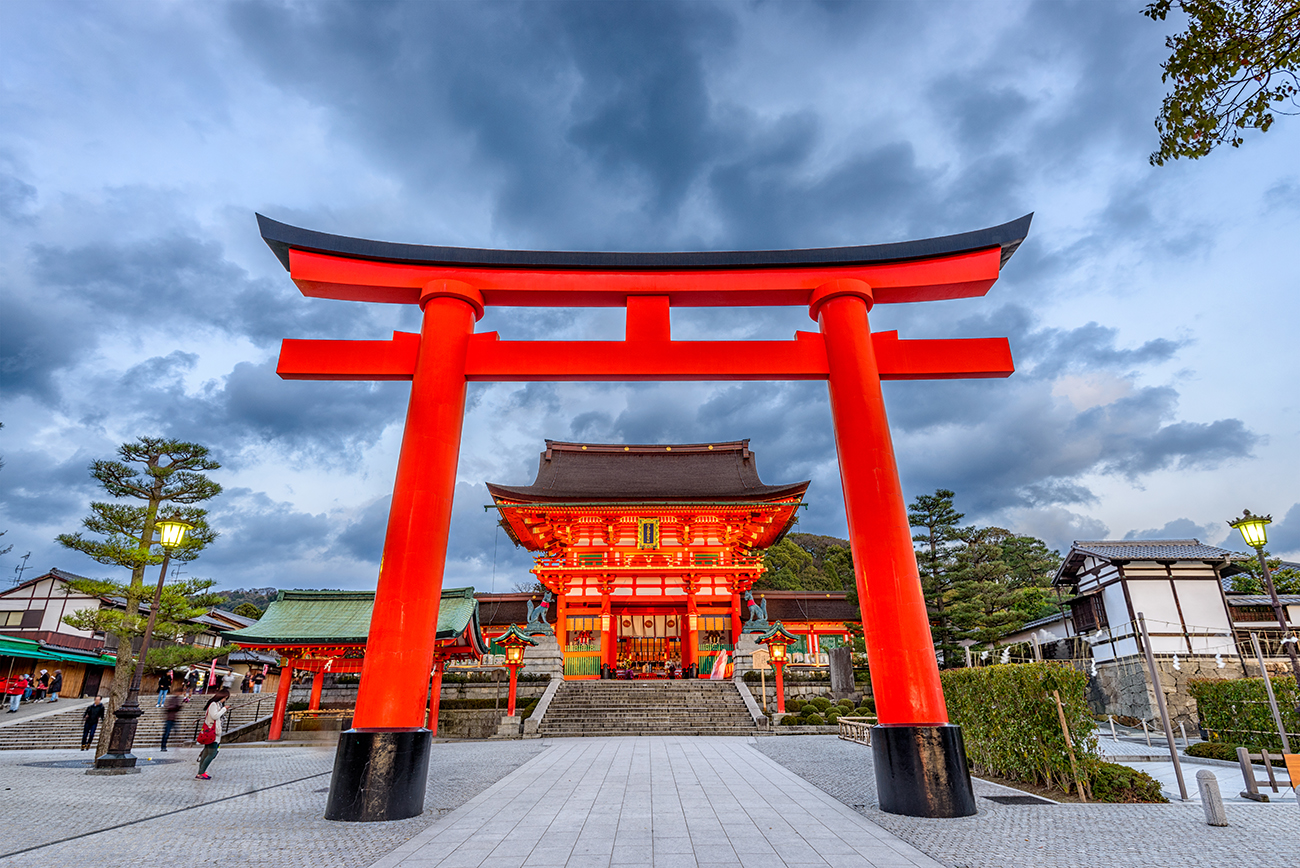
A Closer Look into Fushimi Inari Taisha Shrine KCP International
Fushimi Inari Taisha is the head shrine of Inari, the god of rice, sake and prosperity and patron of business, merchants and manufacturers. The shrine sits at the base of Mount Inari and includes many smaller sub shrines which span 4 kilometres up the 233 meter (764 ft) mountain.

Fushimi Inari Shrine Jan and Lee's adventure Fushimi inari taisha
Fushimi Inari Taisha. This is the head shrine of Inari, located in Fushimi-ku, Kyoto, Japan. The shrine sits at the base of a mountain also named Inari which is 233 metres above sea level, and includes trails up the mountain to many smaller shrines which span 4 kilometers and takes approximately 2 hours to walk up.. Since early Japan, Inari was seen as the patron of business, and merchants and.

Fushimi Inari Taisha Discover places only the locals know about
Fushimi Inari Taisha is arguably one of Japan's MOST famous and iconic shrines and visiting here is often a highlight of any Japanese adventure! This atmospheric shrine, first built in 711 AD, is full of magical Torii gate pathways weaving and winding playfully and purposefully through the forest.
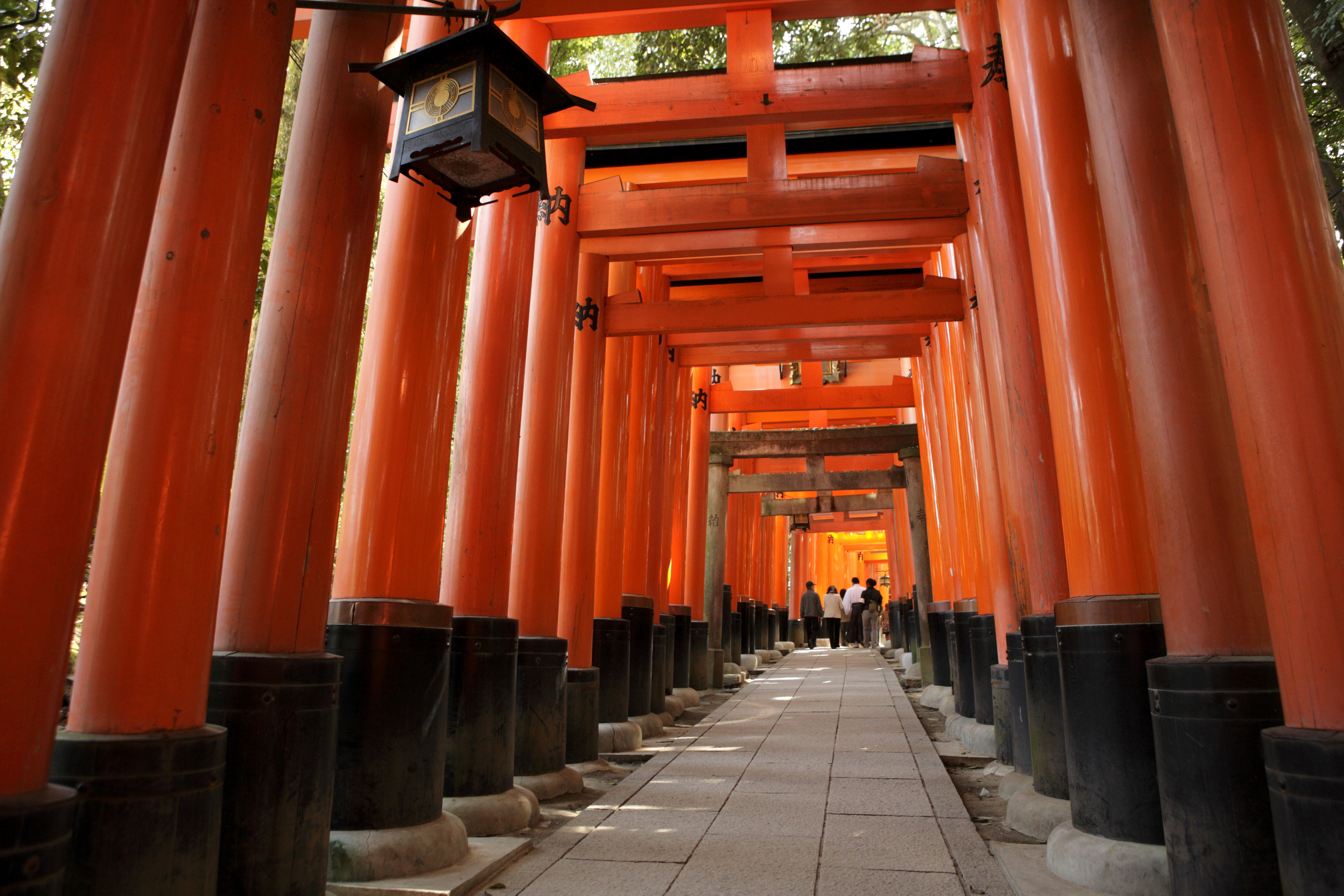
Fushimi InariTaisha Kyoto, Japan Attractions Lonely
Founded back in 711 by the Hata family, Fushimi Inari is the oldest and possibly the most prominent shrine in Kyoto. The shrine is dedicated to the Shinto god named Inari. In the Japanese Shinto religion, Inari is the kami (=spirit) of rice, sake and prosperous business.

Fushimi InariTaisha Temple Explore Shaw
Fushimi Inari-taisha Shrine 24,777 reviews #1 of 2,062 things to do in Kyoto Historic SitesReligious Sites Open now 12:00 AM - 11:59 PM Write a review About This shrine is one of many located throughout Japan that was built to honor Inari, the Shinto god of rice. Suggest edits to improve what we show. Improve this listing Tours & experiences
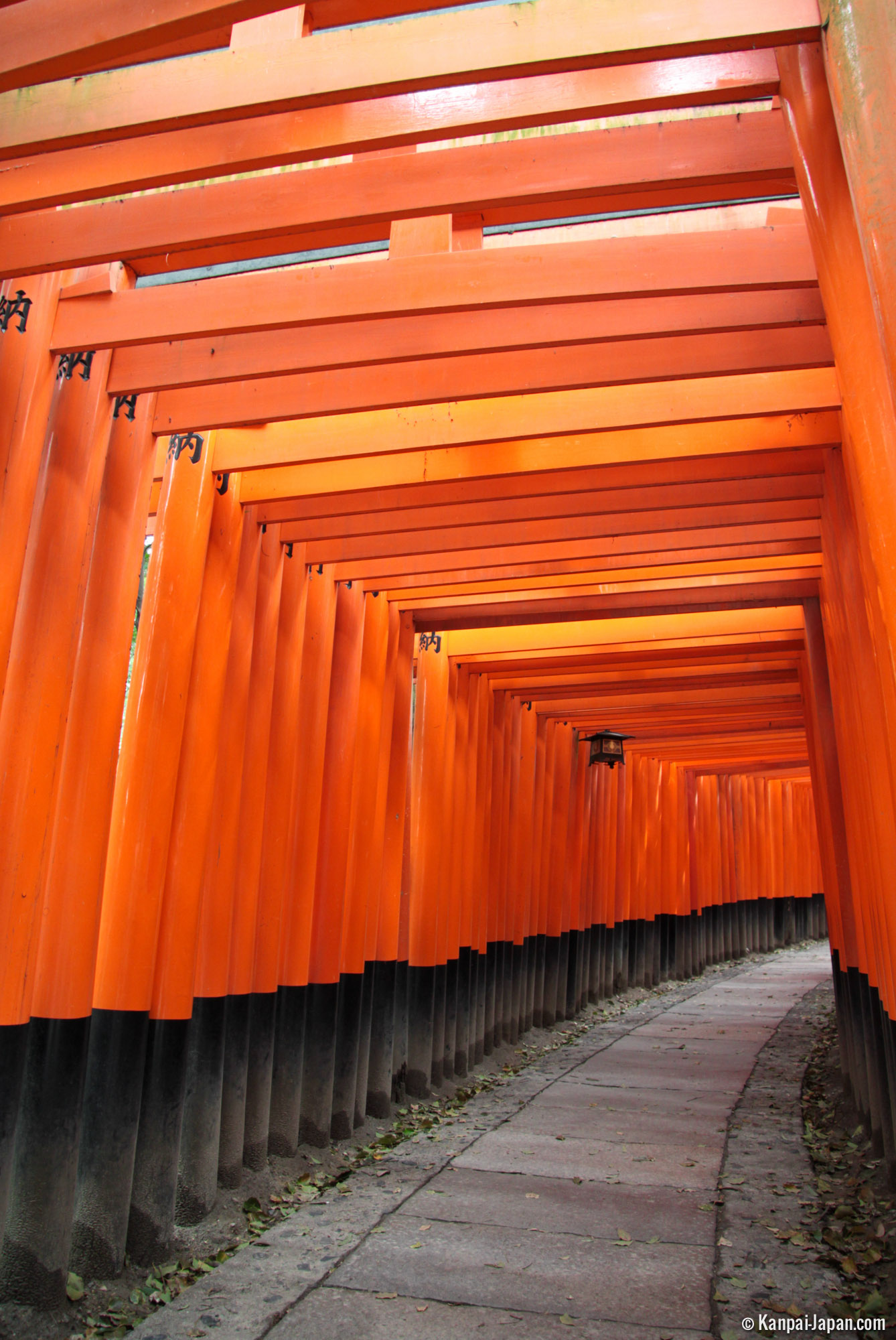
Fushimi Inari Taisha The 10,000 Torii Sanctuary in Kyoto
Fushimi Inari Taisha was founded in 711, which makes it one of the oldest shrines in Kyoto. It was originally located on Inariyama hill, in the southwest of the city, before being relocated to its present and permanent home by the Hata family in 816. A century later, in 942, it was given the highest rank among Shinto shrines, and in 1499, after.

Fushimi InariTaisha Temple Explore Shaw
Fushimi Inari Shrine (伏見稲荷大社, Fushimi Inari Taisha) is an important Shinto shrine in southern Kyoto. It is famous for its thousands of vermilion torii gates, which straddle a network of trails behind its main buildings. The trails lead into the wooded forest of the sacred Mount Inari, which stands at 233 meters and belongs to the shrine grounds.

Fushimi Inaritaisha Shrine in Kyoto, Japan
The origin of Fushimi Inari Taisha is described in Yamashirokoku Fudoki, an ancient report on provincial culture, geography and oral tradition that was presented to the emperor. Irogu no Hatanokimi, an ancestor of Hatanonakatsue no Imiki, is said to have shot a rice cake, which turned into a swan and flew away.
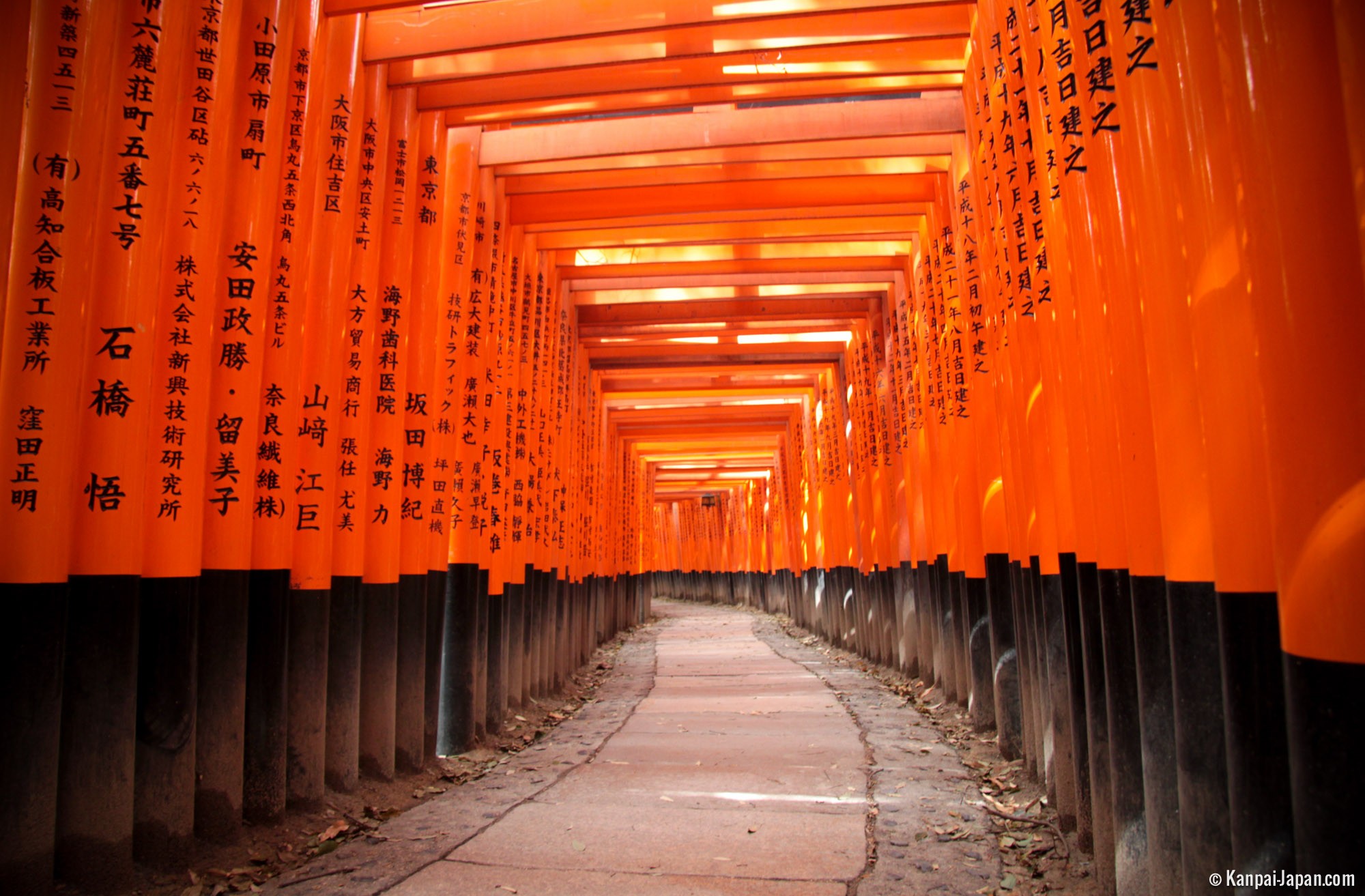
Fushimi Inari Taisha The 10,000 torii sanctuary in Kyoto mountain
Fushimi-Inari Taisha|伏見稲荷大社 It is the main shrine of the approximately 30,000 Inari shrines nationwide, and is loved by people of all ages, men and women. In addition, the beautiful bright vermilion ``Senbon Torii'' creates a fantastic and elegant sight. #伏見稲荷大社 #京都 #kyototravel

Fushimi Inari Taisha Discover Kyoto
Fushimi Inari Taisha is now known worldwide as one of the most iconic sights in Kyoto, and in Japan as a whole. Greetings from the Head Priest We have a duty to protect Inariyama, the mountain on which this shrine rests, and pass on the tradition of promoting the harmonious coexistence of the deities, human beings, and nature that it represents.
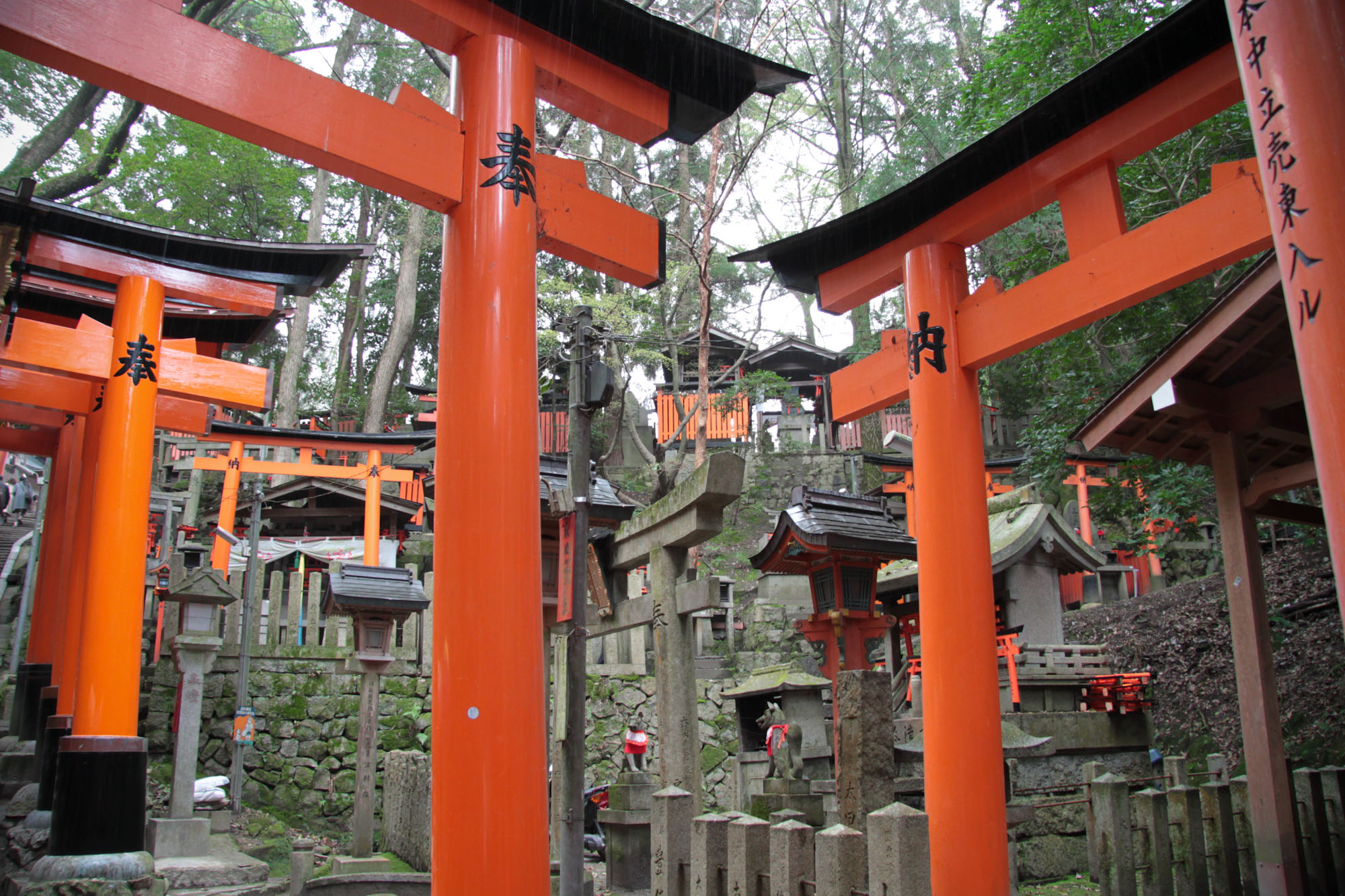
Fushimi Inari Taisha Le sanctuaire aux 10.000 torii de Kyoto
Fushimi Inari Taisha is both a shrine of the people and of the Imperial Court, and emperors often made donations here in ancient times. A long history It is said that the shrine was founded in 711 before Kyoto became Japan's capital.

Fushimi Inaritaisha shrine gates Kyoto. [7090x4392][OC] Japanese
Fushimi Inari Taisha is the largest Shinto shrine in Japan located in the south of Kyoto. Built in 711, it is dedicated to the goddess of rice Inari and more broadly to wealth. The beautiful complex unveils through a walk in a valley delineated by thousands of vermilion torii gates. Contents. Meaning of Inari shrine's torii gate.